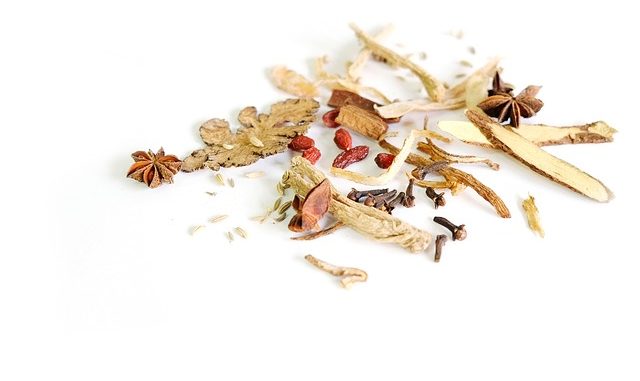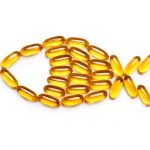
Schisandra sphenanthera is one of those Chinese herbals with an interesting biochemical profile. It needs to be distinguished from its close relative which is S. chinensis that is used for the treatment of virtually everything.
One clinical syndrome which is a major issue is cholestasis that occurs when bile acid retention is so high it becomes toxic. It is often a consequence of liver disease and will make it even more serious as the build up progresses. The only two FDA-approved drugs available to treat this condition are Ursodeoxycholic acid (UDCA) and obeticholic acid (OCA). New drugs are always being examined and one possible source might be Schizandra spenanthera because of the presence of some unusual lignans.
One study has recently been published in mice which were treated with various lignans including Schisandrin A (SinA), Schisandrin B (SinB), Schisandrin C (SinC), Schisandrol A (SolA), Schisandrol B (SolB), Schisantherin A (StnA) and Schisantherin B (StnB), respectively. Generally each lignan was found to offer some degree of protection against cholestasis which was shown by a reduction in liver necrosis and the presence of certain enzymes. The levels of serum total bile acids (TBA) and total bilirubin (Tbili) also dropped. It would appear in this study that the lignans activated a human pregnane X receptor (hPXR) (Fan et al., 2019).
References
Fan, S., Liu, C., Jiang, Y., Gao, Y., Chen, Y., Fu, K., Yao, X., Huang, M., Bi, H. (2019) Lignans from Schisandra spgenanthera protect against lithocholic acid-induced cholestatis by pregnane X receptor activation in mice. J. Ethnopharmacology. 245 112103 (Article)

Leave a Reply